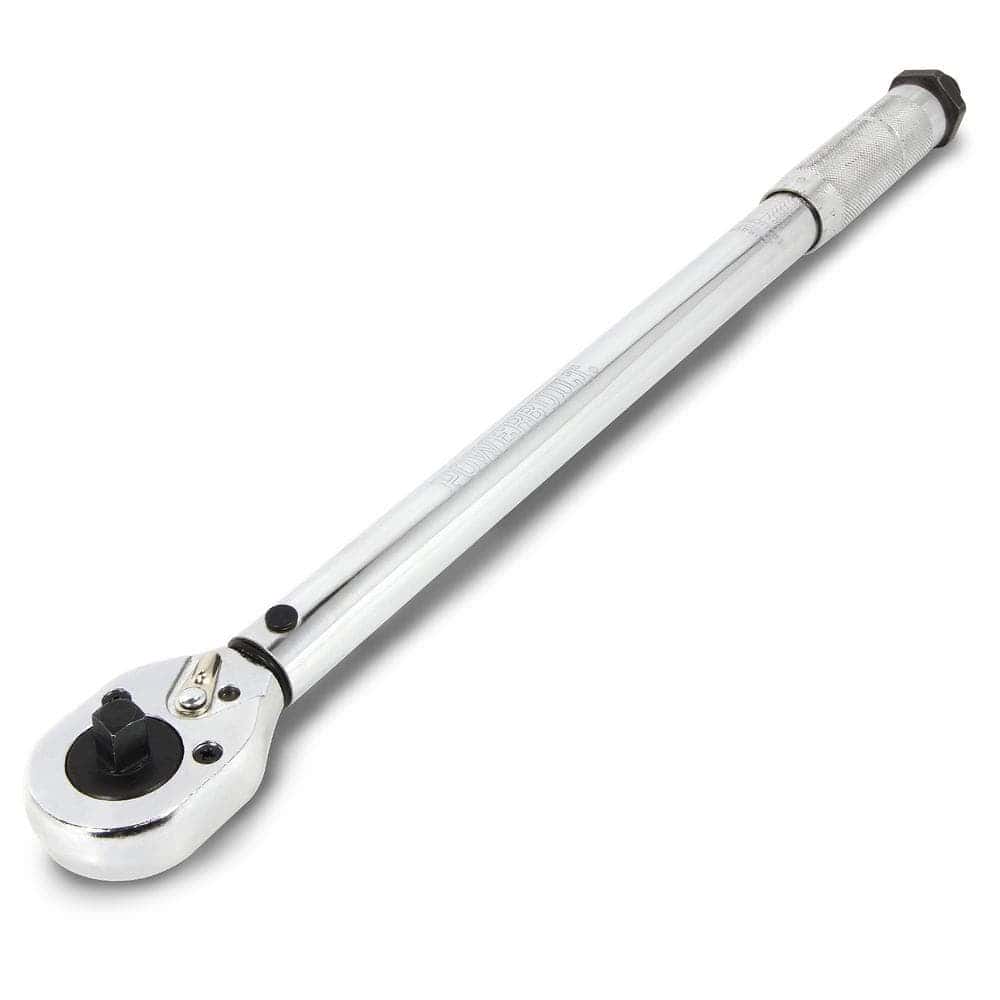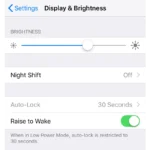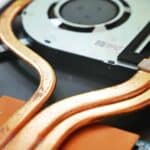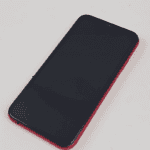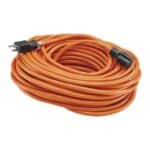A torque wrench is a special tool used by mechanics and DIY enthusiasts. It helps tighten nuts and bolts to a specific tightness. This tool is key for many jobs on cars, bikes, and machines.
A torque wrench ensures bolts are not too loose or too tight. Too loose can be unsafe. Too tight can break parts. The wrench clicks or beeps when it reaches the right tightness. This takes out the guesswork.
Torque wrenches come in different types. Some are digital and show numbers. Others make a sound when ready. They all help keep machines running smoothly and safely. From bikes to big engines, torque wrenches play a vital role in proper upkeep.

Understanding Torque Wrenches
A torque wrench is a special tool that tightens bolts to a set amount. It helps prevent damage from over-tightening or loose parts from under-tightening. Knowing how to use one right is key for safety and proper function.
Mechanics of a Torque Wrench
Torque wrenches use a spring or hydraulic system to measure force. When you turn the wrench the force is shown on a display. This can be a click sound dial or digital readout.
The handle is where you apply force. The longer the handle the more torque you can create. Most wrenches let you set the desired torque before use.
When the set torque is reached some wrenches make a click sound. Others have a needle that moves on a dial. Digital ones show the number on a screen.
Types of Torque Wrenches
There are several types of torque wrenches:
- Click: Makes a sound when torque is reached
- Beam: Uses a pointer and scale
- Dial: Shows torque on a gauge
- Electronic: Displays torque digitally
- Hydraulic: Uses fluid pressure for high torque
Each type has its own pros and cons. Click wrenches are common and easy to use. Beam wrenches are simple but need careful reading. Electronic ones are very precise but cost more.
Proper Use and Handling
To use a torque wrench right:
- Set the torque to the correct value
- Place the wrench on the bolt
- Turn slowly and steadily
- Stop when you hear a click or reach the set torque
Never use the wrench as a regular wrench. This can mess up its accuracy. Store it in a safe place and get it checked often to keep it working well.
Calibration is key for accuracy. Get your wrench checked by a pro every year or after 5000 uses. Handle it with care to avoid drops or bumps that could affect its precision.
Applications and Maintenance of Torque Wrenches
Torque wrenches are key tools in many jobs. They help tighten nuts and bolts just right. Proper use and care keeps them working well for a long time.
Industry Specific Uses
Torque wrenches are used in many fields. In cars, they tighten lug nuts on wheels. This keeps the wheels from falling off.
Planes need torque wrenches too. They help fix engines safely. In factories, these tools put machines together the right way.
Building sites use them for big jobs. They make sure beams and supports are tight.
Bike shops rely on torque wrenches. They set the right tension on parts. This keeps bikes safe to ride.
Calibration and Care
Torque wrenches need regular check-ups. This keeps them working right.
• Clean the wrench after each use
• Store it in a dry place
• Don’t drop or bang the wrench
• Get it checked by a pro once a year
Torque wrenches should be recalibrated often. This ensures they give the right readings.
Put a little oil on moving parts. This helps the wrench work smoothly. Always follow the maker’s care tips.
Avoiding Common Mistakes
Using a torque wrench wrong can cause big problems. Here are some tips to use it right:
- Don’t use it to loosen bolts
- Stop when you hear the click
- Don’t go past the max torque setting
Never overtighten bolts. This can break them or strip threads.
Under-tightening is bad too. It can make parts come loose. Always check the right torque for each job.
Don’t use the wrench as a normal wrench. This can mess up its accuracy. Take care of your tools and they’ll work well for years.
Frequently Asked Questions
Torque wrenches are key tools for many jobs. They help tighten bolts just right. Let’s look at some common questions about these useful devices.
How is a torque wrench utilized in automotive applications?
Torque wrenches are vital in car repair. They tighten bolts on engines and other parts. This keeps things from being too loose or too tight.
Mechanics use them on spark plugs, lug nuts, and cylinder heads. The right torque helps parts last longer and work better.
What units of measurement are used in torque wrenches?
Torque wrenches use different units. The most common are foot-pounds (ft-lbs) and Newton-meters (Nm).
Some also show inch-pounds (in-lbs) for smaller jobs. The units depend on where you live and what you’re fixing.
At what point should a torque wrench typically be used to tighten a bolt?
Use a torque wrench for the final tightening. First hand-tighten the bolt. Then use a regular wrench to get it most of the way.
The torque wrench comes in at the end. It makes sure the bolt is at just the right tightness.
Can you explain the working principle of a click-type torque wrench?
Click-type torque wrenches are simple but clever. They have a spring inside. You set the torque you want.
When you reach that torque, the wrench makes a click sound. This tells you to stop tightening. It’s an easy way to get the right torque.
What are the guidelines for correctly using a torque wrench?
To use a torque wrench right:
- Set the correct torque
- Keep the wrench at a 90-degree angle to the bolt
- Apply force slowly and steadily
- Stop when you hear the click or feel the break
Always clean the bolt threads first. And don’t use the wrench to loosen bolts.
Why is a digital torque wrench preferred in certain applications?
Digital torque wrenches are great for precise work. They show exact torque readings on a screen.
They’re good for jobs that need very specific torque. Some can even save data. This helps track work and find problems later.

